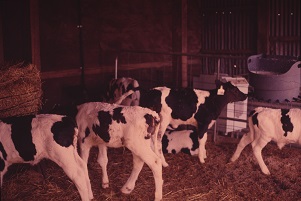
Wanting to breed calves or to understand how to care for them?
This course will provide you with the knowledge to select calves for specific purposes
(e.g. dairy, beef, breeding) and to rear them. It covers:
- Calving and Culling
- Management of Calves
- Calf Health and Diseases
- Calf Rearing Systems
- Calf Housing
- Calf Weaning